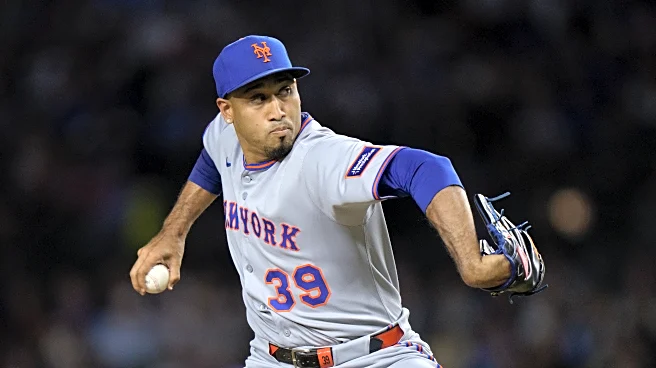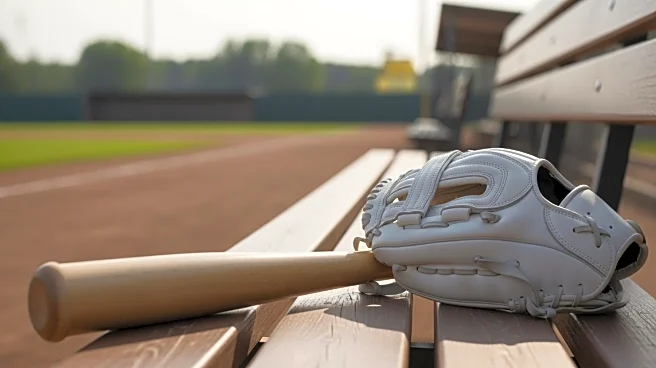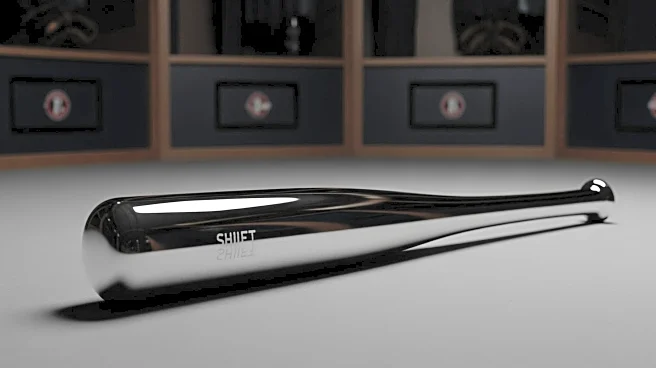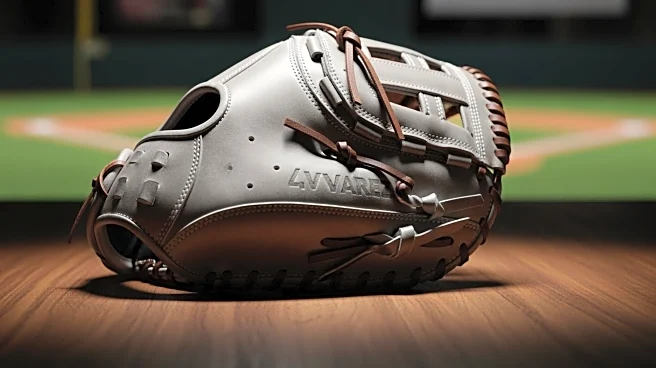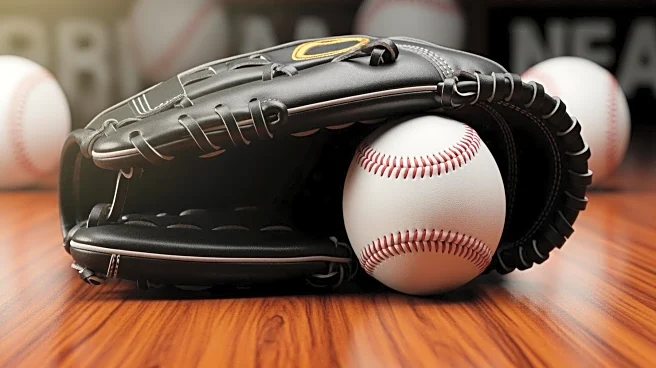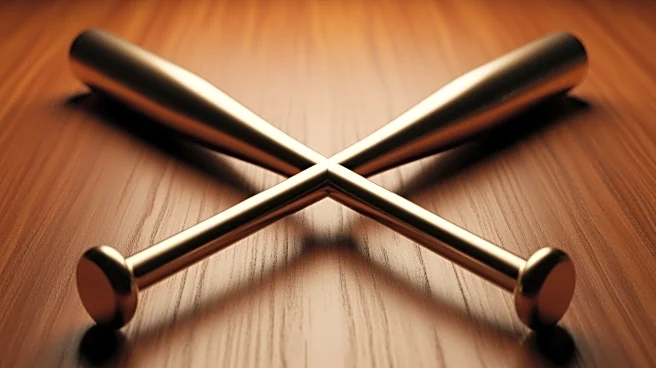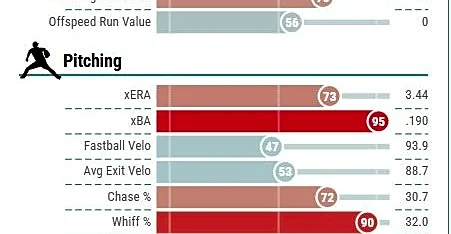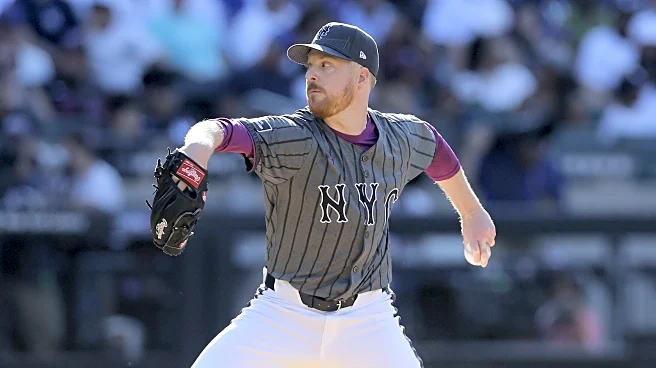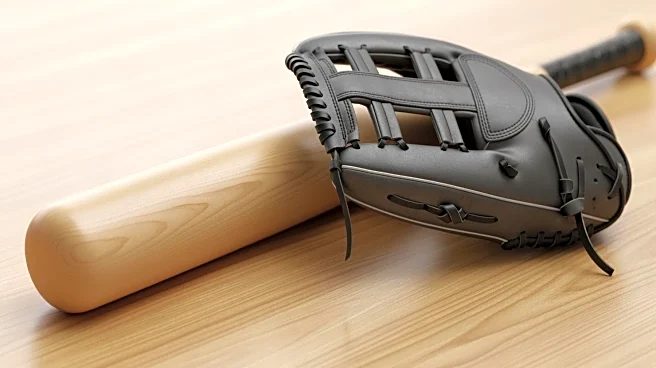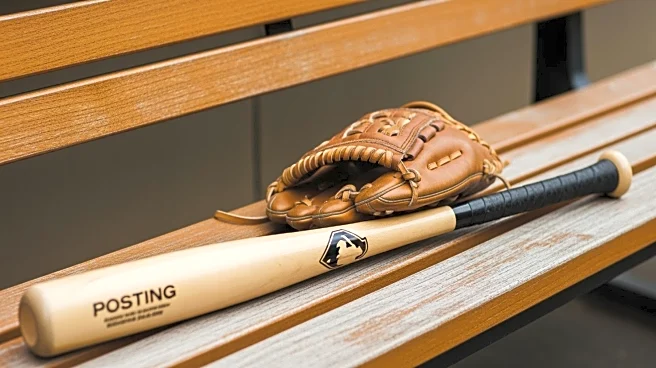Somehow, Edwin Díaz has never finished a season with the Mets with more than 32 saves. Having recently wrapped up his sixth season—and seventh year—with the team, Díaz was utterly dominant, finishing the 2025 campaign with 28 saves as he threw 66.1 innings with a 1.63 ERA. That’s his second-best single season ERA, even in a career that’s seen him finish with a sub-two mark in three full seasons and the abbreviated 2020 season. And it made him the second-best qualified reliever in baseball this year by
ERA.
We probably shouldn’t be too surprised. Despite a rockier season in 2024 as he returned from the knee injury that cost him the entire 2023 season, Díaz wasn’t terrible last year. Sure, his home run rate spiked, and he finished that season with a 3.52 ERA in 53.2 innings, and his strikeout rate reverted to simply being a very good 38.9 percent, down from his otherworldly 50.2 percent in the 2022 season that preceded his injury. But he wasn’t terrible, and he was only entering his age-31 season in 2025.
This year, he turned things around, primarily by fixing his home run issue, getting back to allowing roughly one-half of a home run per nine innings pitched. He finished the year with a 38.0 percent strikeout rate, down ever so slightly from his 2024 mark.
To get back to those save totals for a second, the Mets have averaged 87.2 wins in the five full seasons in which Díaz pitched. Saves are a strange stat at times, but in the best of those years, particularly the 101-win 2022 season that saw him put up his career-best 1.31 ERA, you’d probably expect him to have saved 40 or more games. It doesn’t really matter, at least not from a team perspective, but way down the road, it’s the sort of thing that could put a dent in his Hall of Fame case should he remain an elite reliever into his mid-to-late thirties.
For now, though, Díaz presents a bit of a conundrum for the Mets’ front office. Having become a major part of the team’s identity and recent success—to the extent that they’ve had success—it’s hard to imagine the Mets without him. But if he opts out of the remaining three years of the five-year, $102 million contract that he signed with the team ahead of the 2023 season, the Mets will have to figure out how many years and dollars they’d be comfortable committing to their closer.
If the Mets were operating on the extremely limited budgets of past ownership, it probably wouldn’t make any sense to commit to keeping Díaz around. But for a team with an ultra-rich owner and a seemingly never-ending issue with constructing a stable bullpen, it still looks a lot easier to solve that problem with Díaz in the fold than by attempting to go even more budget-conscious with the pen coming off a season that saw so many scrap heap types struggle mightily.
